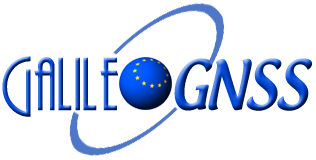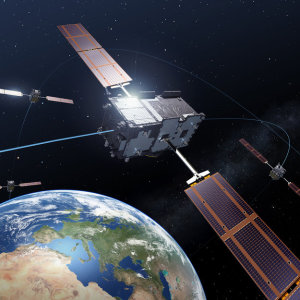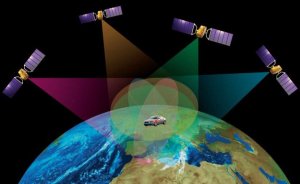To mark the first anniversary of Galileo’s historic first satnav positioning measurement, ESA plans to award certificates to groups who picked up signals from the four satellites in orbit to perform their own fixes.
In 2011 and 2012 the first four satellites were launched, the minimum number needed for navigation fixes. On 12 March 2013, Galileo’s space and ground elements came together for the first time to perform the historic first determination of a ground location (the Navigation Laboratory of ESA’s Technical Centre in Noordwijk, the Netherlands). Read more…


